File
advertisement
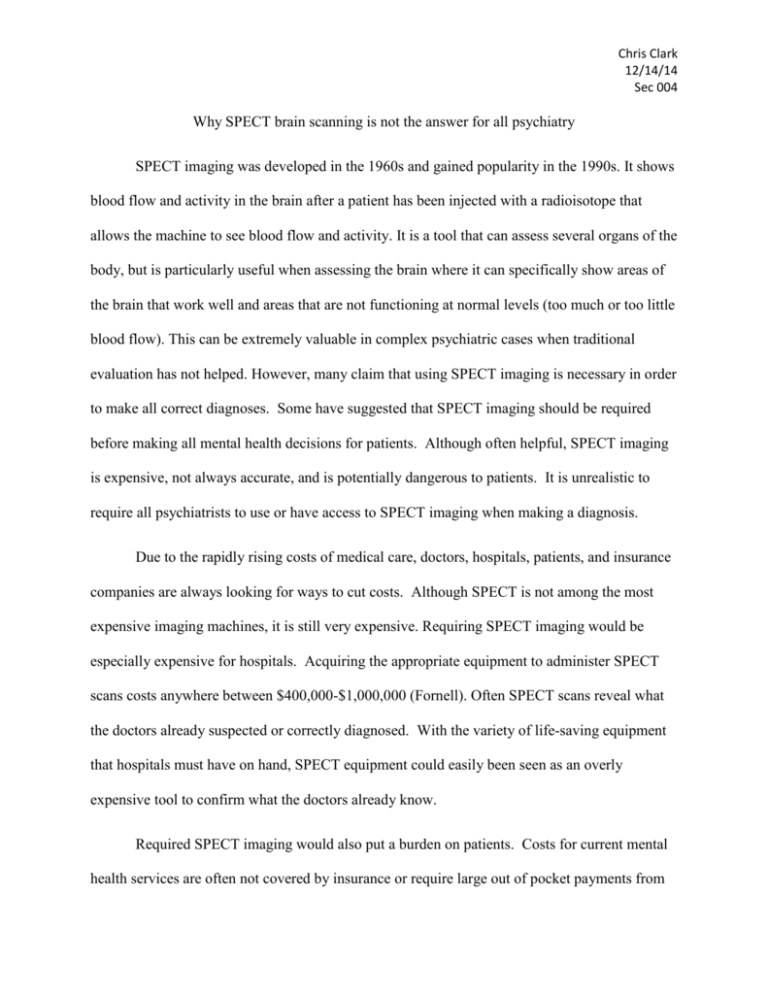
Chris Clark 12/14/14 Sec 004 Why SPECT brain scanning is not the answer for all psychiatry SPECT imaging was developed in the 1960s and gained popularity in the 1990s. It shows blood flow and activity in the brain after a patient has been injected with a radioisotope that allows the machine to see blood flow and activity. It is a tool that can assess several organs of the body, but is particularly useful when assessing the brain where it can specifically show areas of the brain that work well and areas that are not functioning at normal levels (too much or too little blood flow). This can be extremely valuable in complex psychiatric cases when traditional evaluation has not helped. However, many claim that using SPECT imaging is necessary in order to make all correct diagnoses. Some have suggested that SPECT imaging should be required before making all mental health decisions for patients. Although often helpful, SPECT imaging is expensive, not always accurate, and is potentially dangerous to patients. It is unrealistic to require all psychiatrists to use or have access to SPECT imaging when making a diagnosis. Due to the rapidly rising costs of medical care, doctors, hospitals, patients, and insurance companies are always looking for ways to cut costs. Although SPECT is not among the most expensive imaging machines, it is still very expensive. Requiring SPECT imaging would be especially expensive for hospitals. Acquiring the appropriate equipment to administer SPECT scans costs anywhere between $400,000-$1,000,000 (Fornell). Often SPECT scans reveal what the doctors already suspected or correctly diagnosed. With the variety of life-saving equipment that hospitals must have on hand, SPECT equipment could easily been seen as an overly expensive tool to confirm what the doctors already know. Required SPECT imaging would also put a burden on patients. Costs for current mental health services are often not covered by insurance or require large out of pocket payments from Chris Clark 12/14/14 Sec 004 patients. These high cost frequently deter people from seeking needed help and sticking to treatment programs. The cost of administering a SPECT brain scan costs roughly $1,000-$4,000 and is rarely covered by insurance. Requiring patients to be scanned before receiving treatment is likely to increase the number of people who delay or avoid treatment due to cost. Some argue that SPECT imaging costs about the same as MRI or CT scans. However, MRI and CT scans produce higher quality images and are more widely used in the medical community (Glover). As a result, MRI and CT scans are often covered by insurance and the out of pocket expenses for these scans in less than would be required for a SPECT scan. As far as insurance companies are concerned, using SPECT in psychiatric practice is experimental and they are unlikely to cover this expensive test in the near future. 2. Another reason it would be unwise to require SPECT scans is that the images produced are not always accurate. In order for SPECT scans to work, a radioactive isotope “has to have adequate uptake into the brain as well as long enough retention period for imaging” (Moster). Many things have to go exactly right for the image to be a true representation of what is going on in the patient’s brain. In spite of the shortcomings of SPECT scans, Daniel Amen- the world leader in SPECT in psychiatry -believes so much in them that he has suggested, “It will soon be malpractice to not use imaging in complicated cases,” (Amen, Stop Flying Blind). The two problematic words in this statement are “soon” and “malpractice”. Because of costs, inaccuracies and insufficient technology saying “soon” is in no way accurate. Furthermore, to declare this “malpractice” is to Chris Clark 12/14/14 Sec 004 assume that SPECT would be available to nearly all psychiatrists, in the year 2014 it unrealistic to claim such As most psychiatrists will tell you, the brain is extremely complex. Every brain is different and every patient is different. For example, having low blood activity in the frontal lobe is often an indicator of depression, but not always (Carlat). The idea of having all psychiatrist use SPECT is to assume that there is an exact definition of what each disorder looks like in the brain. However, it is not that simple. Depression is usually associated with lower activity, but there is not necessarily a “textbook” depressed brain (Carlat). Unfortunately, some individuals with mental health challenges see SPECT as a cure-all machine due to misleading advertising or personal beliefs. This is often gives false hope and convinces people to spend large amounts of money for something they do not totally understand. On the Amen Clinics website it claims, “SPECT can specifically help people with ADHD [attention deficit hyperactivity disorder]. ... SPECT can specifically help people with anxiety and depression. ... SPECT can specifically help people overcome marital conflict. ... SPECT can specifically help people age better. ... SPECT can specifically help people with weight issues. ...” (Amen Clinics). These claims apply to the majority of the population, much more than complicated psychiatric casess SPECT is meant for. Because mental illness can be so devastating and often difficult to treat, those with it can become desperate and are willing to try anything to become better. M. Elizabeth Oates, Commission on Nuclear Medicine, Board of Chancellors at the American College of Radiology, and chair of the department of radiology at the University of Kentucky, points out “I think you Chris Clark 12/14/14 Sec 004 have a vulnerable patient population that doesn’t know any better “ (Tucker) These people unfortunately would be the ones paying the price for these common inaccuracies. 3. Finally using SPECT in all of psychiatry would be potentially dangerous to patients. Each SPECT scan requires a radioactive fluid to be injected into the bloodstream. It is commonly accurately pointed out that SPECT uses the same amount or less radiation than MRI or CT, however MRI or CT radiation is not directly injected into the bloodstream like SPECT procedures (Types of brain imaging). To safely perform this radioactive procedure would require extensive training to untrained psychiatrist and/or have to be performed by a nuclear medicine technologist (Mayfield clinic). Another possible harm would come by way of overconfident, undertrained, or mislead psychiatrist. Correctly reading these scans can be extremely difficult, and in order for a psychiatrist to know what each scan means in the first place would require some sort of “normal brain image database” to compare each scan to (Smith). This could leave psychiatrists to draw their own conclusions and assume that they have hard evidence behind those conclusions. Doctors would prescribe medications with false confidence, such confidence would cause many physiatrist to be less willing or slower in changing medicines when necessary. Currently psychiatrists are trained to be extremely sensitive with medications and to closely monitor patient’s reactions to each treatment; having scans could decrease this sensitivity. These changes in procedure would cause more problems than they would solve. Conclusion Chris Clark 12/14/14 Sec 004 Due to the evidence stated above, SPECT is not meant for all psychiatric cases and it would be unrealistic to expect everyone to use it. It is ultimately too expensive, not reliable enough, and too potentially harmful to be widely required. Although widespread use is not yet appropriate, it can be a valuable tool in complex psychiatric cases. Just like any new medical procedure needs sufficient time, testing, and research to become common practice, SPECT brain imaging has the potential to transform mental health after sufficient time, testing and improvements in technology. Chris Clark 12/14/14 Sec 004 Work Cited Mercola, Dr “SPECT Imaging: An Invaluable New Tool for Psychiatry.” Mercola.com. N.p., n.d. Web. 12 Nov. 2014. Demitri, Michael “Types of Brain Imaging Techniques.” Psych Central.com. N.p., n.d. Web. 12 Nov. 2014. Carlat, Daniel. “Brain Scans as Mind Readers? Don’t Believe the Hype.” WIRED. N.p., n.d. Web. 10 Dec. 2014. Glover, Lacy “Why Your MRI or CT Scan Costs An Arm and a Leg.” The Fiscal Times. N.p., n.d. Web. 10 Dec. 2014. Cheryl Stewart “SPECT Scan | Single Photon Emission Computed Tomography.” Mayfield Clinic N.p., n.d. Web. 10 Dec. 2014. Moster, Mark L. “SPECT Scanning in Neurology and Neuro-Ophthalmology :: EHSL - NANOS Annual Meeting Collection.” N.p., n.d. Web. 10 Dec. 2014. Fornell, Dave. “SPECT vs. PET, Which Is Best?” DI Cardiology. N.p., n.d. Web. 10 Dec. 2014. Amen, Daniel G. “It’s Time to Stop Flying Blind: How Not Looking at the Brain Leads to Missed Diagnoses, Failed Treatments, and Dangerous Behaviors.” Alternative Therapies in Health & Medicine 19.2 (2013): 10–14. Print. Tucker, Neely. “Daniel Amen Is the Most Popular Psychiatrist in America. To Most Researchers and Scientists, That’s a Very Bad Thing.” The Washington Post 7 Aug. 2012. washingtonpost.com. Web. 10 Dec. 2014. “Amen Clinics - Home.” Amen Clinics. N.p., n.d. Web. 15 Dec. 2014. Smith, N. D. et al. “Towards Adapting a Normal Patient Database for SPECT Brain Perfusion Imaging.” Inverse Problems 28.6 (2012): 065001. Institute of Physics. Web. 10 Dec. 2014.
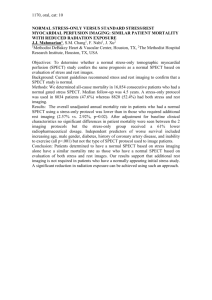

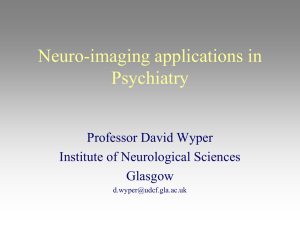
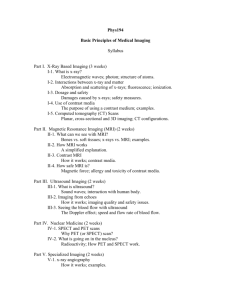
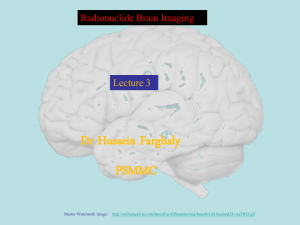
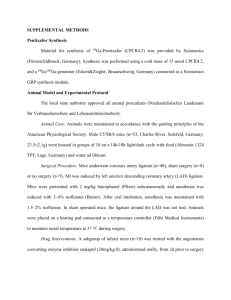
![//referring physician letter// [insert date] [insert name and address](http://s3.studylib.net/store/data/007034808_1-7d2d44cf9b8eb1d33ea8d6e9cdbbf858-300x300.png)